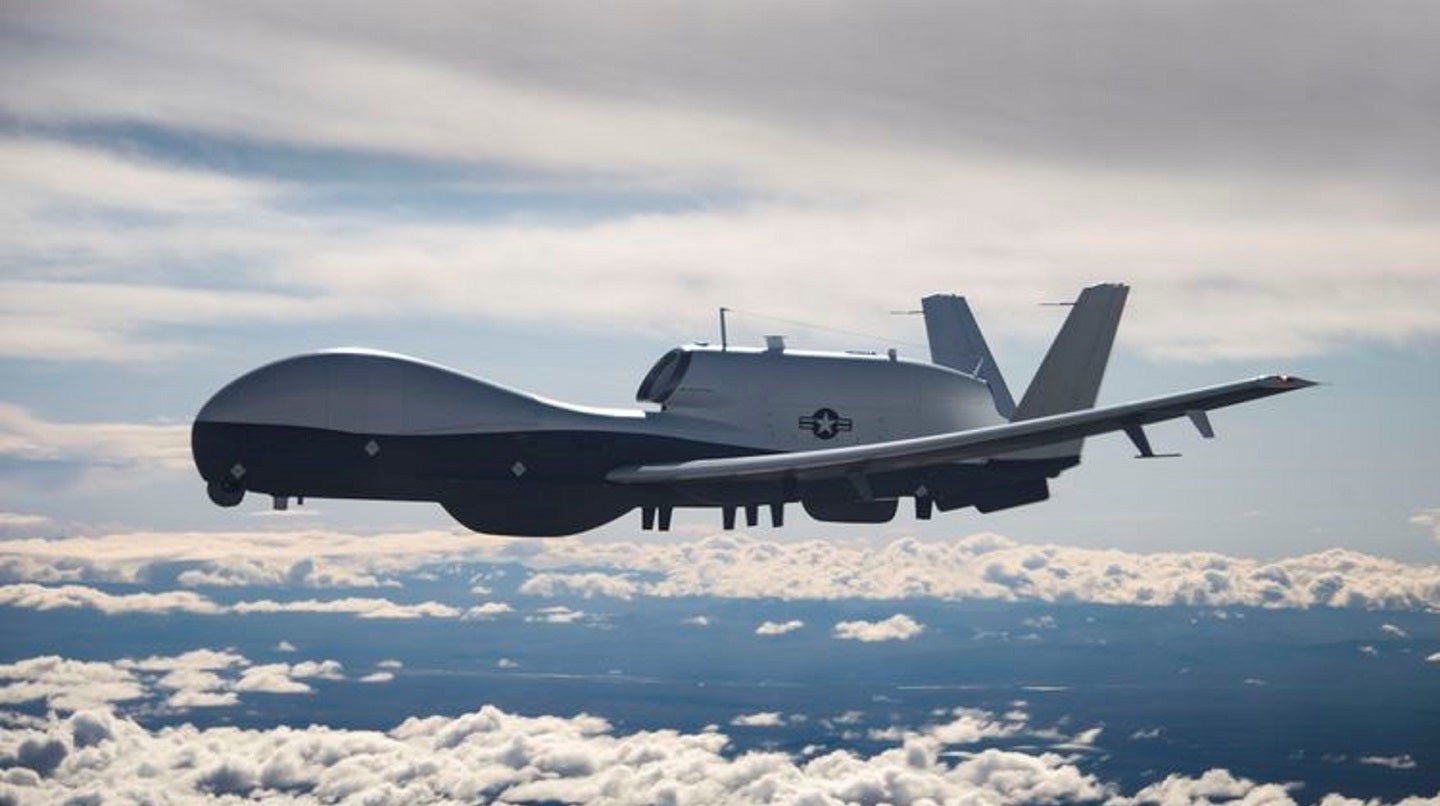
Northrop Grumman, an American defence prime, announced that its has delivered the first contingent of MQ-4C Triton unmanned aerial systems (UAS) to the US Navy. The prime delivered the fourth and final unit of the first contingent on 21 June ahead of initial operating capability.
The four units make up the first of three Triton orbits that the US Navy will deploy for its global maritime intelligence, surveillance and reconnaissance (ISR).
Properties of the MQ-4C
Northrop Grumman is the original equipment manufacturer (OEM) of the MQ-4C; the system provides real-time ISR over an ocean and coastal regions.
Triton is based on the RQ-4 Global Hawk UAS: a system that the US Navy will retire by the end of the decade. Land-based command and control mission planners and sensor operators support Triton’s autonomous operations.
The system’s mission sensor suite provides 360-degree coverage, which the OEM says provides “unprecedented” maritime awareness for the navy. The aircraft can fly over 24 hours at a time, at altitudes higher than 10 miles, with an operational range of 8,200 nautical miles. The US Navy wants to field 68 units.
The delivery completes the set of aircraft for the Unmanned Patrol Squadron (VUP) 19’s establishment of the first operational orbit, while a second orbit is preparing for delivery this summer.
With three orbits planned around the globe, the Triton multi-intelligence aircraft will provide 24/7 maritime awareness.
Maritime ISR drone market
In its thematic research report on Drones for Maritime Operations, GlobalData expects navies to invest in high altitude long endurance unmanned aerial vehicles, such as the Triton, and unmanned combat aerial vehicles with a share of 64.7% between 2021 and 2031.
Most UAVs are designed for ISR, search and rescue and constabulary missions. Advanced navies seek to enhance their utilisation of UAVs in logistic transport and other naval operations such as anti-submarine warfare, anti-surface warfare, mine counter measure and electronic warfare. Future UAVs will be quite stealthier, faster, highly advanced equipped for more autonomous, more lethal, and would be able to deploy a large set of mini UAVs in swarm groups.


